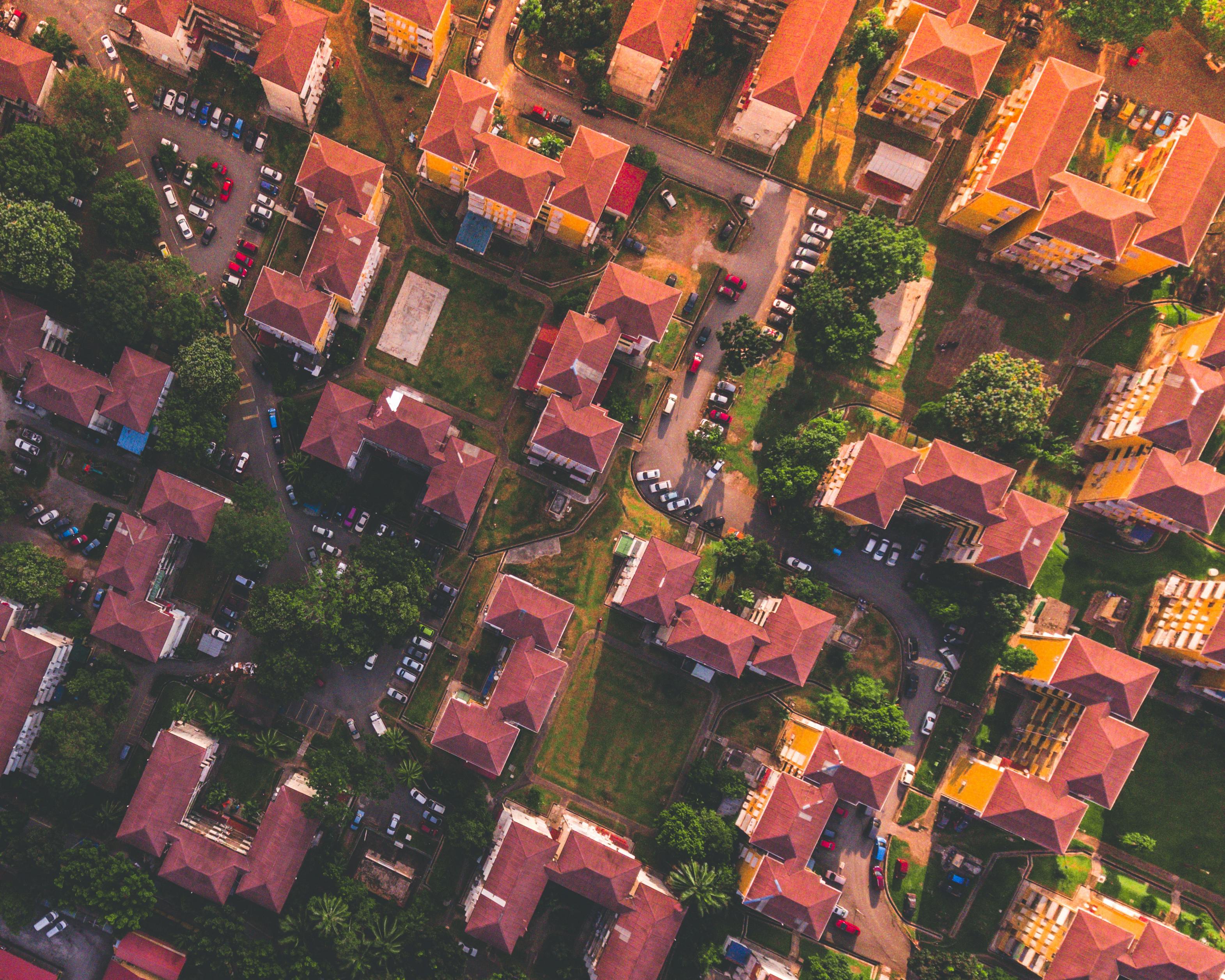In Australia, roofing materials generally fall into one of two possibilities: concrete shingles; or corrugated metal roofing with a bonded paint finish (known in Australia as Colorbond or CB). Which option is best for your situation? Both will keep the weather out, so weigh the factors below before making a decision.
A little history: The concept of bonding paint to a galvanized base originated in Chicago and was further developed in Australia to become a product that has remarkable corrosion resistance and is aesthetically appealing: Colorbond ©. It comes in many standard colors and is resistant to the elements. While a galvanized corrugated roof could last 20 years, a Colorbond roof would have a useful life of 50 years or more.
Terracotta tiles are also an option; they literally last forever. Think of an archaeological dig. There are examples of terracotta roofs that have been around for thousands of years. However, it costs about twice the price of a concrete tile roof.
For our purposes, we will compare concrete shingles and Colorbond roofs, focusing on Melbourne conditions. Both products do an admirable job at what they are designed for (keeping the climate). Concrete shingles have been used in Melbourne for at least 75 years and there are many houses in the older suburbs, such as Heidelberg and Camberwell, that still have their original concrete tile roofs.
Why would you choose one product over another? It all comes down to personal taste, lifestyle, a few other factors … and COST.
Architectural merit: This is a personal matter. Colorbond has a sleek, modern look with clean lines. However, there are many concrete tile profiles that give a different architectural result than a standard half pipe tile. For a small price addition, you could (for example) select a flat shingle style. There are also many colors in concrete tiles.
Noise: This is an important consideration. Regardless of insulation and roof, you will hear rain on a Colorbond roof. While we might think of raindrops falling on a metal roof as a pleasant sound, it can be disturbing for some people, especially in heavy downpours. Tile roofs are much quieter.
Collecting water: If you want to collect the water from the roof in a tank for domestic use, Colorbond is the best option. It will collect more water because concrete tiles have an absorbency level. They also tend to retain dirt, dust, etc., which is poured into the water tank. During Melbourne’s recent 10-year drought, homeowners were encouraged to collect rainwater for domestic use. This influenced the demand for Colorbond roofs.
Weight: Colorbond is a fraction of the weight of a concrete tile roof (10% to be precise!) So your roof structure can be much lighter. Also, a Colorbond roof is not heavier when wet than dry. A concrete tile roof will absorb water before it runs off, so a wet tile roof is heavier and engineering specifications must allow for this.
Rodents: It is easier to pest proof a Colorbond ceiling due to the way the product is installed.
Bushfire: Melbourne is a city negatively affected by the summer wildfires. If you are building in outlying fire prone areas, BAL (Wildfire Attack Level) regulations will make it in your interest to choose a Colorbond roof as they are easier to seal against external attack from embers.
Resilience: If you need people to get on your roof for maintenance purposes, Colorbond is stronger. However, if you need to penetrate the ceiling (for example, for a vent or air conditioner), this will be more expensive with CB.
Eaves or Veranda. If you have large decks or eaves, a Colorbond roof will be more desirable due to its lighter weight. With decking, you want a shallower roof pitch, and this can only be achieved with some type of sheet roof. Shingles are generally not recommended on a roof pitch of less than 20 degrees. And because Colorbond is a descendant of old-fashioned corrugated steel, this provides the traditional Australian verandah look.
cost: Concrete shingles are over 20% cheaper than Colorbond, which is why over 90% of homes built in Melbourne have a concrete shingle roof. Advertising may make you think that CB is as cheap as tile, but this is not the case. Designers sometimes prefer Colorbond. A client paid for a designer to draw up the plans. When searching for quotes, they were horrified to see thousands of dollars extra for a Colorbond roof, when in fact they preferred a traditional tile roof.
Which roof is best for you? Look at each factor in relation to your situation. Weigh its degree of importance and then decide which roofing material is best suited to your particular needs, tastes, lifestyle, and budget.
